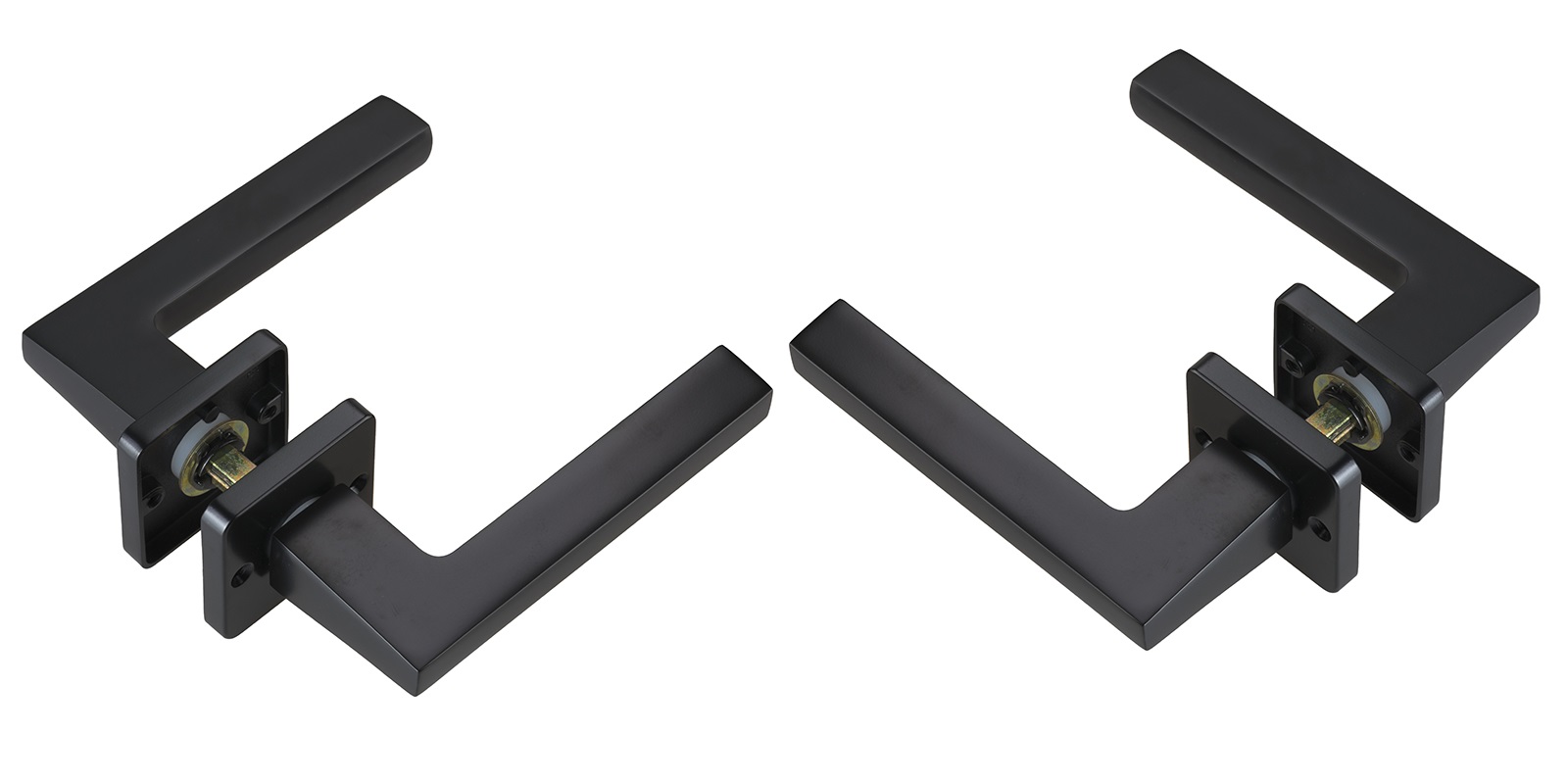The use of PTFE and ETFE has grown significantly in recent years, as manufacturers look for materials that can withstand high temperatures and harsh chemicals while still offering excellent durability. Both PTFE and ETFE are known for their versatility, which means they can be used in a wide range of industries and applications. But what exactly are these two materials, and which of them is the better choice for particular applications?
In this article, we’ll explore the unique properties of PTFE and ETFE, as well as look at some of their key differences. By considering these factors, you’ll be able to determine which material is right for your application needs.
What is PTFE?
PTFE, or polytetrafluoroethylene, is a synthetic polymer made of carbon and fluorine. This material has some of the lowest coefficients of friction among all known solid materials and resists high temperatures better than any other plastic. PTFE is also resistant to chemicals such as acids and bases, making it ideal for use in a wide range of industries, including automotive, aerospace, and industrial manufacturing. For example: some airport waiting halls use ptfe roof.
What is ETFE?
ETFE, or ethylene-tetrafluoroethylene, is another type of fluoropolymer that offers many similar properties to PTFE. Like PTFE, ETFE is resistant to high temperatures and chemicals, and has a low coefficient of friction. However, ETFE is also much lighter than PTFE, making it the ideal choice for applications where weight is a concern. In addition, ETFE is more transparent than PTFE, which makes it ideal for use in optical applications.
PTFE vs ETFE: Key Differences
As you can see, both PTFE and ETFE have many unique characteristics that make them ideal for a wide range of applications. However, there are also some key differences between these materials that should be considered when choosing which one is right for your needs.
Temperature Resistance: Both PTFE and ETFE offer excellent resistance to high temperatures, but PTFE can withstand slightly higher temperatures than ETFE. For applications where high temperatures are a concern, PTFE may be the better choice.
Chemical Resistance: Both PTFE and ETFE offer excellent resistance to chemicals like acids and bases, but ETFE offers greater resistance than PTFE for some chemical types. However, this difference is not significant enough to make a major impact on most applications.
Weight: ETFE is much lighter than PTFE, making it the better choice for applications where weight is a concern.
Transparency: ETFE is more transparent than PTFE, making it ideal for use in optical applications.
Cost: PTFE is typically more expensive than ETFE, making it the more costly choice in applications where cost is a major concern.
Conclusion
In summary, PTFE and ETFE are both excellent materials that offer many unique properties. However, when considering which material to use for a particular application, it is important to consider the key differences between these two materials. The key differences between these two fluoropolymers mean that they may not always be an ideal choice for every application. By weighing factors like temperature resistance, chemical resistance, weight, and transparency, you’ll be able to choose the right material for your needs.










